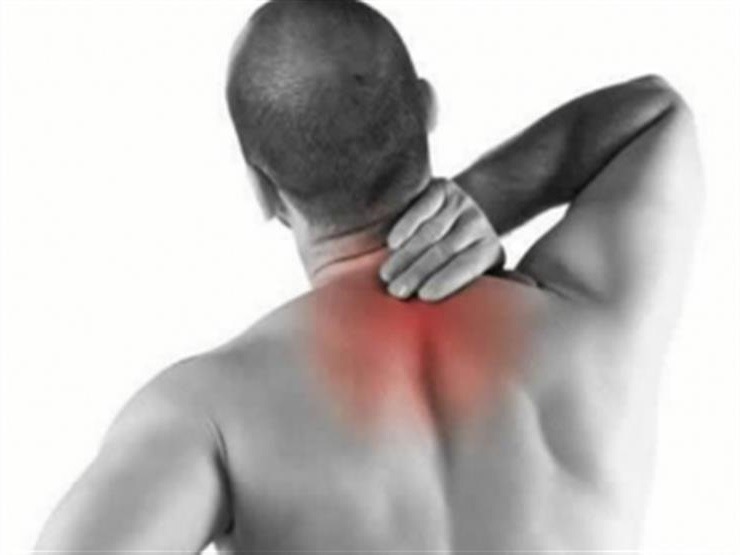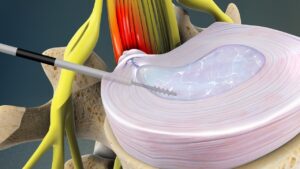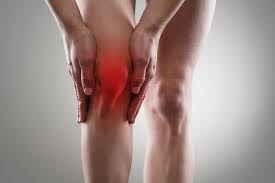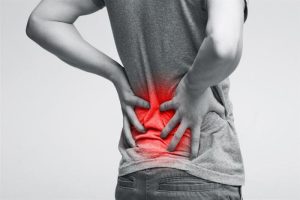With the advancement of modern medicine and the emergence of advanced treatment methods, non-surgical solutions for spinal and joint diseases have become a growing focus for patients and physicians alike. One of the most prominent of these treatment methods, which has proven its effectiveness and efficiency, is what is radiofrequency ablation?
Radiofrequency ablation is a breakthrough in the treatment of chronic pain without the need for surgical intervention. This approach is championed by Professor Dr. Hesham El-Azzizi, one of the pioneers of interventional medicine in Egypt and the Middle East. Dr. Hesham boasts extensive experience in pain management, anesthesia, and intensive care, offering precise and safe solutions for conditions such as herniated discs, knee osteoarthritis, and spinal canal stenosis using modern techniques, most notably radiofrequency ablation.

What is thermal frequency?
Radiofrequency ablation is an interventional treatment technique used to reduce pain by sending high-frequency waves (known as radiofrequency) through a fine needle to the nerve responsible for sensing pain, disrupting it or reducing the pain signals it sends to the brain.
This technique precisely isolates pain without affecting motor function, making it one of the safest and most effective treatments for chronic pain.
How does radiofrequency work?
Radiofrequency ablation involves passing a low-energy, high-frequency electrical current through a fine needle that is precisely directed to the target nerve under the guidance of interventional radiology or ultrasound.
The needle delivers this current to the nerve, generating heat that controls nerve activity and limits the transmission of pain signals to the brain. This results in significant improvement in symptoms without surgery or a long hospital stay.
Indications for the use of radiofrequency
Radiofrequency is used to treat many conditions associated with nerve and joint pain, the most important of which are:
- Herniated disc in the neck or back.
- Advanced knee osteoarthritis.
- Lumbar spinal stenosis.
- Chronic pelvic or spinal joint pain.
- Chronic headache associated with the occipital nerves.
- Back pain caused by inflammation or nerve pressure.
Dr. Hesham Al-Azzizi’s practical experience has proven that radiofrequency achieves excellent results in cases that were expected to undergo surgery.
Features of radiofrequency
Dr. Hesham Al-Azzizi relies on radiofrequency technology for its many advantages, including:
- Non-surgical treatment without the need for an incision or general anesthesia.
- A safe and quick procedure that takes no more than 30 minutes.
- Short recovery period as the patient can return home on the same day.
- Long-lasting results, with improvement lasting from 6 months to a year or more.
- It does not affect normal movement or sensation in the body.
- Suitable for elderly patients or those with health conditions that prevent them from having surgery.
Procedure and steps
Dr. Hesham Al-Azzizi explains the steps of the radiofrequency procedure in detail, which include:
- Assessing the condition through clinical examination and necessary x-rays.
- Target nerve identification using interventional radiology.
- Sterilization of the skin and local anesthesia in the treatment area.
- Radiofrequency needle insertion under radiological guidance.
- The device is turned on to transmit radiofrequency waves to the nerve for a minute or more.
- Monitor the patient’s response and discharge after reassurance.
The procedure is simple and safe, and results are usually visible within a few days of the procedure.
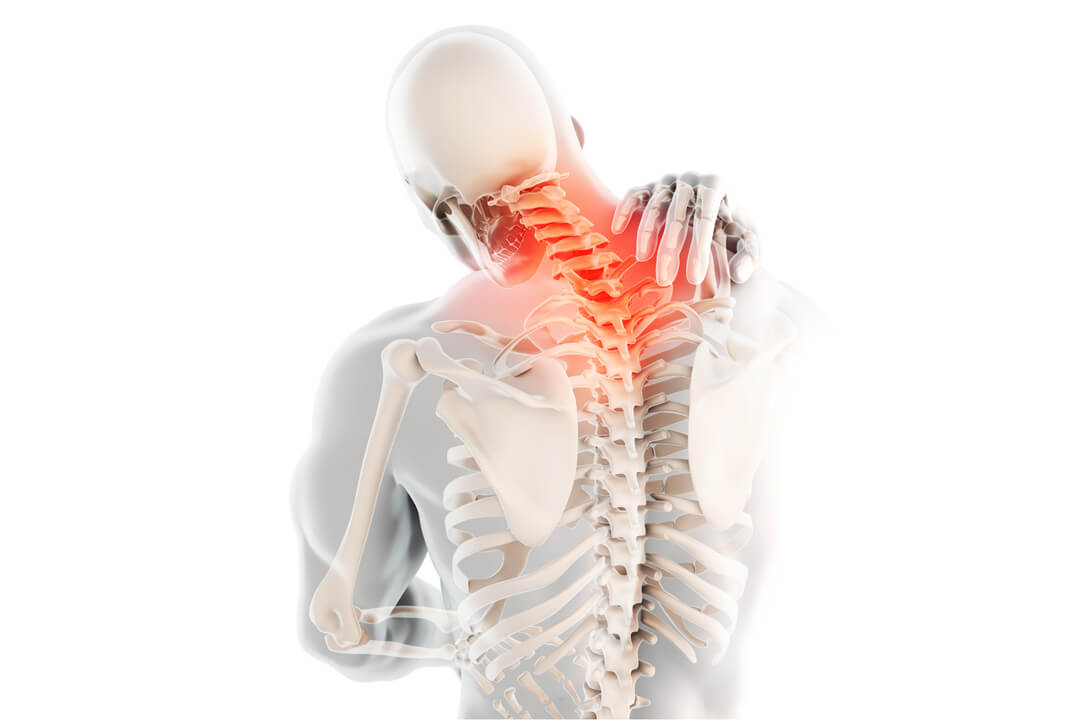
The difference between radiofrequency and therapeutic injections
Many patients confuse radiofrequency ablation with local injections. The key difference is:
- Therapeutic injections temporarily reduce inflammation, and their effect may last only a few weeks.
- Radiofrequency, on the other hand, treats the nerve itself and reduces the sensation of pain for a much longer period, which may reach up to a full year.
Therefore, Dr. Hesham Al-Azzizi resorts to radiofrequency when local injections do not achieve the desired results.
Tips after radiofrequency ablation
Dr. Hesham Al-Azzizi offers a set of tips to ensure the success of radiofrequency ablation treatment, including:
- Rest for 24 hours after the procedure.
- Avoid lifting heavy loads for several days.
- Commitment to physical therapy sessions when needed.
- Consult a doctor to monitor improvement and evaluate the condition periodically.
Who is Dr. Hisham Al-Azizi?
Professor Dr. Hesham El-Azzizi is one of the most prominent figures in the field of pain management and minimally invasive surgery. He has extensive experience in anesthesia and intensive care, and specializes in treating chronic conditions that previously required surgical intervention, such as:
- Herniated disc.
- Narrowing of the spinal canal.
- Knee roughness.
- Back and neck pain.
- Peripheral nerve problems.
Dr. Hesham relies on the latest technologies in the world, such as radiofrequency, and operates a number of branches equipped with the latest medical equipment.
Read also about : Radiofrequency with the best doctor for pain treatment
Clinic branches
To receive radiofrequency treatment under the supervision of Dr. Hesham Al-Azzizi, you can visit one of the following branches:
- New Cairo
- Fifth Settlement
- Engineers
- Alexandria
- Assiut
For communication and inquiries
To inquire or book an appointment for a radiofrequency session , please call the following numbers:
(+2) 01100388388
(+2) 01208188181
(+2) 01101189898
(+2) 01101198989
conclusion
With rapid medical advances, many chronic pain conditions can now be treated safely and non-surgically, thanks to radiofrequency ablation. This innovative technology is the ideal choice for those seeking rapid relief without surgery or complications.
With his extensive experience and meticulous approach, Professor Dr. Hesham El-Azzizi provides radiofrequency treatment with the highest levels of efficacy and safety, giving patients a real chance to eliminate pain and restore their quality of life.
The most common questions about radiofrequency
The session takes approximately 30 to 60 minutes, and you can go home the same day.
Yes, radiofrequency can be controlled using techniques such as cooling or heating in certain environments to modulate or fluctuate temperature.
Radiofrequency is used in many fields such as scientific research, manufacturing, and renewable energy, where it helps improve the performance of thermal systems.
Thermal frequency is measured using special devices that monitor temperature changes over a certain period, and can be linked to the energy analysis of the system.
